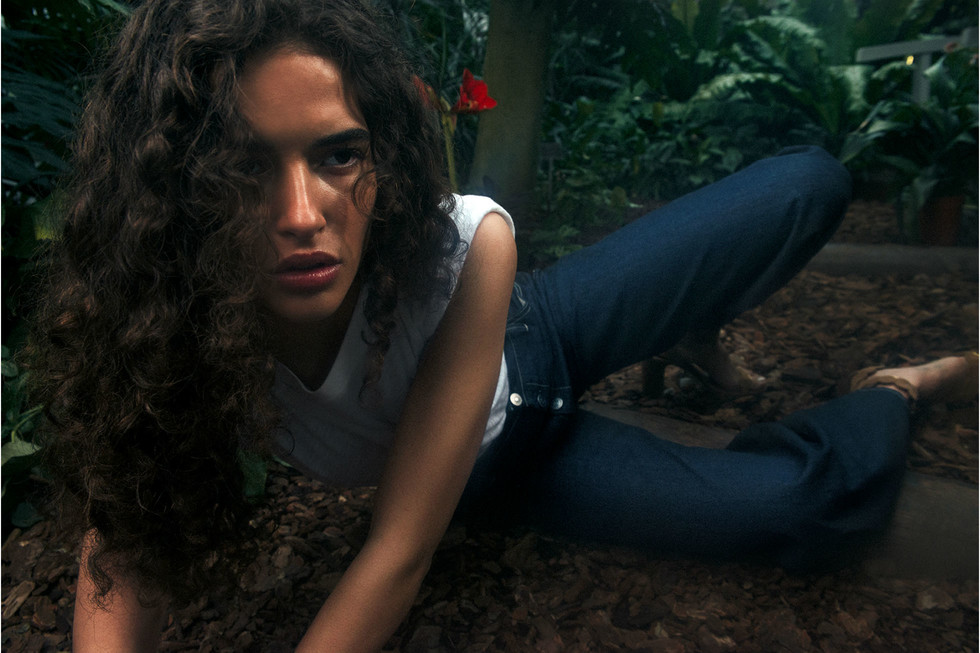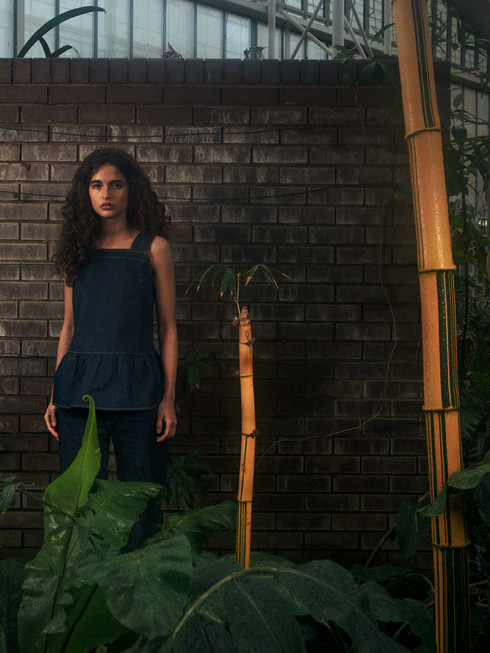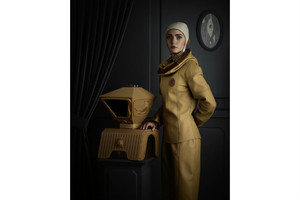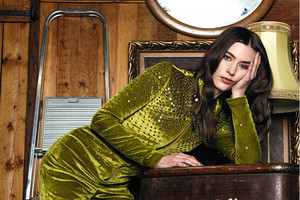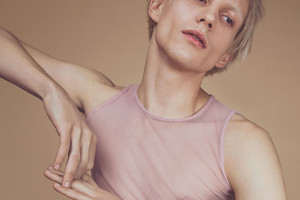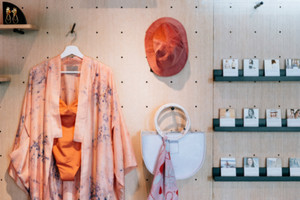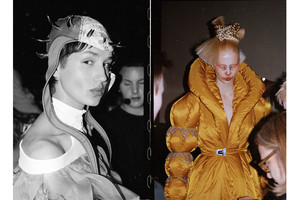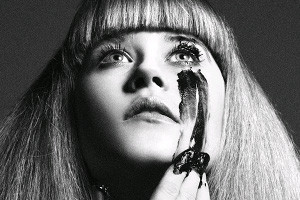SUSTAINABLE ‘PARADISE’ OF M.I.H JEANS
Written by Ksenia RundinThe jeans as we know them today were launched in 1873 by Jacob Davis and Levi Strauss in the small gold rush town of Saint Francisco. Later, the robust product with its copper rivets for the tough outdoor world of the Far West, has ended up in the limelight of fashion, becoming a multifaceted symbol. Nevertheless, under a long time the production of jeans has had a harmful impact on the nature due to the resource-demanding and therefore environmentally harmful production process. The situation seems to be changing now and sustainability becomes an obvious aspect of the jeans fashion. In June, M.i.h Jeans, which was founded in 1969 and has always been standing for quality and responsibility for its own impact on the industry, introduced the Paradise capsule collection made of a new responsible denim – the only denim mill in the world certified with the EU Ecolabel and Nordic Swan Ecolabel. The material was specially developed in partnership with ISKO.
The Paradise capsule constitutes a statement of the brand’s future intent to lead the way in denim sustainability. Being a member of the Alliance for Responsible Denim, an international cross-industry alliance, M.i.h Jeans aims also to challenge and disrupt the industry to drive a sustainable change. The collection consists of five denim styles with a functional, playful and harmonic aesthetics built by a juxtaposition of the 1970s and Japonism placed in a futuristic mood of our times. Odalisque Magazine has interviewed M.i.h Jeans and learned more about the idea behind their design, sustainability and the role of jeans in the post-postmodern society.
“How did the idea of collaboration between M.i.h. Jeans and ISKO come up?
We’ve worked with Isko as one of our main denim partners since the brand started, and we were one of the first brands with whom they shared their sustainability plans and denims. It was probably 12 months ago that we began to develop the denim for the Paradise capsule together.
Could you please tell us about the idea/-s behind the design of the garments for this collection?
Creating the capsule of Paradise pieces was one of the easiest things we've done. We knew what we wanted to say with the pieces, and how we wanted the denim to look. We wanted to put together pieces that were simple and sophisticated, with an underlying sense of the M.i.h Jeans energy. We did this in large and small ways; with shapes that echo iconic 70s styles in silhouette with white stitching that was used in that decade, but with simplified details and a beautiful cut that feels relevant. Using a classic rinse wash echoes back to the unwashed denim of the 70s and forward to the lowest impact wash possible. The idea was authenticity, elevation, simplicity and energy.
The garments viewed together look like a very well-planned capsule collection, where you can combine those in a few different ways. Do you think that by offering a variety of styles within the same clothes collection companies together with their consumers can co-create a sustainable approach to the clothing consumption?
I love the idea of a complete wardrobe in denim that you can mix and match, but I think the key to sustainability for the customer is to offer a consistent and evolving style across each new collection so that the customer can dress from the brand and mix old pieces together with new pieces in a way that keeps you in love with everything in your wardrobe. Brands can certainly help customers build a wardrobe that they continue to wear and love by designing for their customer and how she wants to dress, rather than for instantaneous fashion trends.
Do you think the companies should educate their customers on sustainability in order to give them the right tools to base their choice on or the companies should bear the main responsibility for delivering sustainable products to the market?
It’s the responsibility of brands to make the right choices and show leadership, but it absolutely needs to be a partnership with the customer, it can’t be done in a vacuum. How long a customer keeps a garment, how they wash and care for a garment and of course who they choose to buy from are in their control. M.i.h Jeans always asks our customers to join us in learning about the sustainable options, we aim to be transparent, and we also aim to show the customer how they can help us, whether it’s by recycling their jeans with us, or simply asking us questions.
From being a working class garment, a sub-cultural garment and a wardrobe essential, the jeans have made an incredible way to the front row of fashion, where the history of fashion could easily be studied from the jeans perspective. How would you describe the role the garment today plays in our wardrobe?
Denim absolutely tells one of the key stories in fashion from the 20th century, and will continue to do so in the 21st. Our wardrobes today are unthinkable without jeans, they’re a foundational piece of clothing. Though as a big environmental offender it is about marrying heritage and technology to improve the environmental impact of fashion.
Do you think or you probably know if the jeans ever could be made of any alternative material than cotton?
It depends on what you think of as denim. Jeans are already made from lyocell, which is a manmade natural fibre (made from wood pulp). I love jeans made of cotton, which is why M.i.h is passionate about exploring the possibilities of recycled cotton.
What is the ideal/universal jeans wardrobe concerning styles, cuts and number of pieces?
There is no ideal, but for me I have about 10 jeans in rotation at any one time. Two to three straight legs in dark to light washes, a high rise jean, a slouchy jean, two to three flares (cropped), and one real hero pair to wear when you want to impress with your denim.
Do you have artificial intelligence integrated into your production process?
We work with machinery and computer programs from Jeanologia that incorporate technology to maximise the impact reduction of every pair of jeans.”


